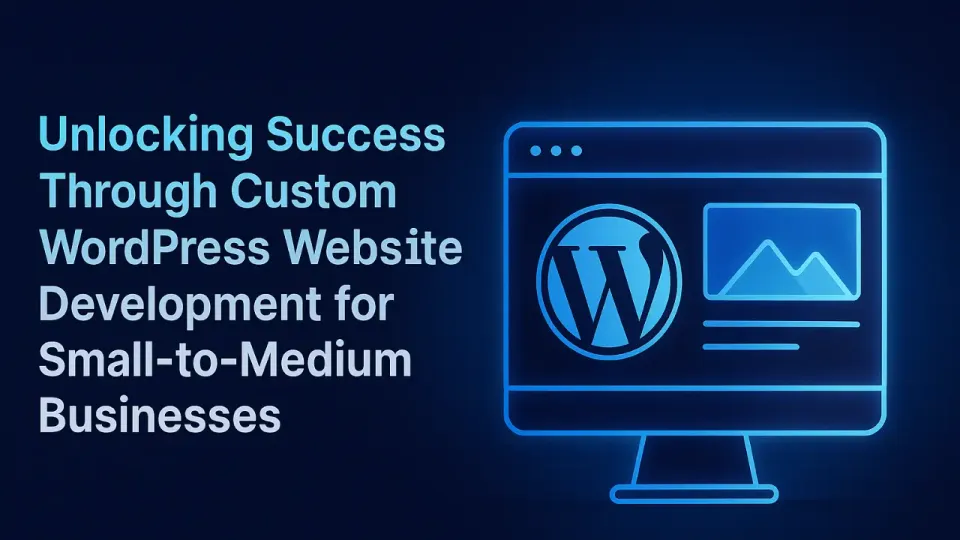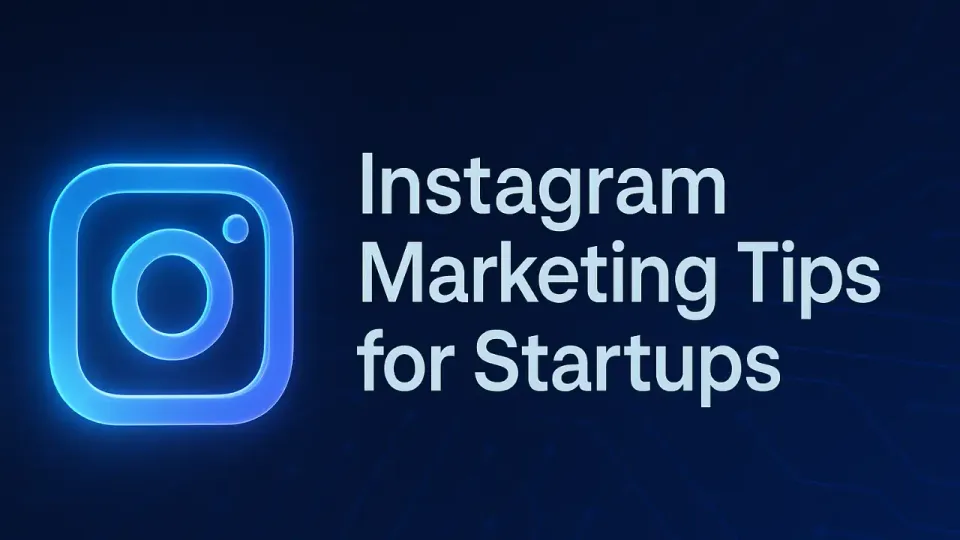Creating a Social Media Strategy That Delivers Results

In today's digital landscape, a robust social media strategy is not just an option—it's a necessity. At Zenogram, we understand the transformative power of social media when leveraged correctly. Whether you’re a local business looking to connect with your community or an online enterprise aiming for global reach, a well-crafted social media strategy can drive significant results. This article will guide you through the essential steps to create a social media strategy that delivers measurable outcomes, enhancing your brand's visibility and engagement.

Our Voiceover Process
Understanding Your Audience
Identifying your target audience is the cornerstone of a successful social media strategy. To craft content that truly resonates, you need to delve into the demographics, interests, and behaviors of your potential customers. Begin by analyzing your current customer base and examining the audience of your competitors. Utilize tools like Google Analytics, social media insights, and customer surveys to gather comprehensive data. Understanding the age, location, gender, interests, and online habits of your audience allows you to tailor your strategy to meet their specific needs.
Once you’ve gathered sufficient data, the next step is to create detailed audience personas. These personas are fictional yet realistic representations of your ideal customers, incorporating key information such as demographics, job titles, goals, challenges, and preferred social media platforms. For instance, you might develop a persona like "Marketing Mary," a 30-year-old marketing manager who primarily uses LinkedIn and Twitter to stay updated on industry trends. This detailed understanding of your audience helps you craft content and strategies that are more likely to engage and convert.
Creating a persona involves gathering all the relevant information you’ve collected and synthesizing it into a coherent profile. Start with basic demographics: age, gender, income level, education, and job title. Then, delve deeper into their interests, hobbies, and lifestyle choices. Understanding what your audience values and enjoys can help you create content that resonates on a personal level. For example, if your audience values sustainability, sharing content about eco-friendly practices can enhance engagement.
Next, consider the challenges and pain points your audience faces. What problems do they need to solve? How can your product or service alleviate their pain? By identifying these issues, you can tailor your content to address these specific concerns, positioning your brand as a helpful and trusted resource. For example, if you’re targeting small business owners struggling with digital marketing, you might create content that offers practical tips and strategies to improve their online presence.
Preferred social media platforms are another critical aspect of your personas. Different demographics gravitate towards different platforms; understanding where your audience spends their time online allows you to focus your efforts more effectively. Younger audiences might prefer Instagram and TikTok, while professionals might lean towards LinkedIn. This insight ensures that your content reaches the right people in the right places.
Behavioral insights are also crucial. What time of day is your audience most active on social media? What type of content do they engage with the most? Do they prefer videos, articles, or infographics? This information can guide your content creation and posting schedule, maximizing the likelihood of engagement.
To make the most of your audience's personas, keep them updated. The digital landscape and consumer behaviors are constantly evolving, so regularly review and refine your personas to ensure they remain accurate and relevant. Engage with your audience through comments, messages, and feedback to gather real-time insights and adjust your strategy accordingly.
Understanding your audience is not a one-time task but an ongoing process. As your business grows and the market changes, your audience’s needs and preferences may shift. Stay proactive in your research and adaptable in your strategies to maintain a strong connection with your audience. By truly understanding who your audience is, what they need, and how they interact with content, you can create a social media strategy that not only attracts attention but also drives meaningful results for your business.
Social Media is Important for Your Business
Developing Your Social Media Strategy
Creating a social media strategy that delivers results involves setting clear objectives, planning and creating content, and choosing the right platforms. Each step is crucial to ensure your efforts are aligned with your business goals and audience expectations.
First, setting clear objectives is vital. Objectives give your strategy direction and allow you to measure success. Start by defining what you want to achieve with your social media efforts. Common goals include increasing brand awareness, driving website traffic, generating leads, boosting engagement, and improving customer service. To ensure your goals are actionable and achievable, use the SMART criteria—specific, measurable, achievable, relevant, and time-bound. For example, instead of saying "increase followers," a SMART goal would be "increase Instagram followers by 20% in three months." Clear objectives provide a roadmap for your strategy and help you stay focused on what matters most.
Once your objectives are set, the next step is content planning and creation. Content is the backbone of your social media strategy; it’s what attracts, engages, and retains your audience. Begin by developing a content calendar, a schedule that outlines what content to post and when. This ensures consistency, which is key to maintaining audience interest and trust. Your content should be a mix of different types to keep your feed diverse and engaging. Include educational posts, entertaining content, promotional materials, and user-generated content. For instance, you might share blog posts, infographics, videos, and customer testimonials. Tailor your content to your audience's preferences, which you identified when creating your audience personas. If your audience prefers visual content, focus on images and videos. If they value in-depth information, create detailed articles and blog posts.
In addition to variety, quality is paramount. High-quality content reflects well on your brand and encourages engagement. Invest time and resources into creating polished, professional-looking posts. Use tools like Canva for design, Grammarly for writing, and various video editing software to enhance your visuals. Remember to incorporate your brand’s voice and style consistently to strengthen brand identity and recognition.

Another crucial aspect is choosing the right platforms. Not all social media platforms will suit your business or audience. The choice of platforms should be guided by where your audience spends their time. For example, if your target audience includes teenagers and young adults, platforms like Instagram and TikTok might be more effective. For professionals and B2B interactions, LinkedIn is ideal. Conduct research to understand the demographics of each platform and match them to your audience personas. Focus your efforts on the platforms where you’re most likely to reach and engage your target audience.
Additionally, consider the unique features and strengths of each platform. Instagram is great for visual content, stories, and influencer collaborations. Twitter excels in real-time updates and customer service interactions. Facebook offers robust advertising options and community building through groups. LinkedIn is perfect for professional networking and thought leadership. Tailor your content and approach to leverage these strengths.
To maximize the effectiveness of your strategy, use tools for scheduling and managing posts. Tools like Hootsuite, Buffer, and Sprout Social allow you to schedule posts in advance, track performance, and manage multiple accounts from a single dashboard. This not only saves time but also ensures you maintain a consistent posting schedule.
Finally, always be ready to adapt. Social media trends and algorithms constantly change, and your strategy should be flexible enough to evolve. Monitor industry trends, keep an eye on your competitors, and stay updated with platform changes. Regularly review your strategy’s performance against your objectives and be prepared to make adjustments. Experiment with new content formats, posting times, and engagement tactics to find what works best for your audience.
By setting clear objectives, planning and creating diverse and high-quality content, and choosing the right platforms, you can develop a social media strategy that drives meaningful results for your business. Remember, the key to success is consistency, quality, and a deep understanding of your audience.
"Joining this community has been a game-changer for staying updated on the latest trends & events!" - John B.
Implementing and Measuring Your Strategy
Implementing your social media strategy involves putting your plans into action and ensuring that every step aligns with your objectives. Start by executing your content calendar, and consistently posting the content you’ve planned. Consistency is key; it builds trust and keeps your audience engaged. As you begin posting, engage with your audience by responding to comments, messages, and mentions. This interaction not only builds relationships but also boosts your content’s visibility through increased engagement.
Monitoring your performance is crucial to understanding how well your strategy is working. Use social media analytics tools like Facebook Insights, Twitter Analytics, and Instagram Insights to track key metrics. Important metrics to monitor include reach, engagement (likes, comments, shares), click-through rates, and conversions. These metrics provide insights into what’s working and what’s not, allowing you to adjust your strategy as needed.
Analyzing performance data helps you identify trends and patterns. For instance, you might discover that your audience engages more with video content than with text posts. Use these insights to refine your content strategy, focusing more on the types of content that generate the most engagement. Regularly review your metrics to ensure you’re on track to meet your objectives.
Optimization is an ongoing process. Based on your performance analysis, make data-driven adjustments to your strategy. This might involve changing your posting times, experimenting with different content formats, or shifting focus to platforms where you see the most engagement. For example, if you notice that your audience is more active in the evenings, adjust your posting schedule to maximize visibility.
Additionally, stay updated with social media trends and platform updates. Social media is constantly evolving, and staying informed about new features and best practices can give you a competitive edge. Join industry forums, attend webinars, and follow thought leaders to keep your knowledge current.
Community management is another essential aspect of implementation. Actively engage with your followers by responding to comments, messages, and mentions. This interaction not only builds a loyal community but also provides valuable feedback and insights into your audience’s preferences and needs. Encourage user-generated content by creating branded hashtags and running contests or challenges. User-generated content not only boosts engagement but also serves as authentic testimonials for your brand.
Paid advertising can also enhance your strategy. Platforms like Facebook, Instagram, and LinkedIn offer targeted advertising options that can help you reach a broader or more specific audience. Use these tools to amplify your content and drive traffic to your website or landing pages. Ensure that your ads align with your overall strategy and objectives for cohesive messaging.
Finally, document your process and findings. Create reports that summarize your performance metrics, key insights, and adjustments made. These reports are valuable for future reference, helping you to continuously improve your strategy. Share these reports with your team to ensure everyone is aligned and informed.
By executing your plan, engaging with your audience, monitoring performance, and making data-driven adjustments, you can implement a social media strategy that delivers tangible results. Remember, the key to success lies in staying adaptable, continuously learning, and being responsive to your audience’s needs and behaviors.
Conclusion
Creating a social media strategy that delivers results requires a deep understanding of your audience, clear objectives, engaging content, and consistent implementation. By identifying and understanding your target audience, you can create tailored content that resonates and drives engagement. Setting clear, measurable objectives ensures your efforts are focused and aligned with your business goals. Developing a content calendar and choosing the right platforms maximize your reach and impact. Implementing your strategy with a focus on community engagement and regular performance analysis allows you to adapt and optimize for better results.
Remember, a successful social media strategy is not static; it evolves with your audience and the digital landscape. Stay proactive, continuously learn, and be responsive to changes and feedback. By following these steps and maintaining a flexible, data-driven approach, you can create a social media strategy that enhances your brand’s visibility, engagement, and overall success. At Zenogram, we’re here to help you navigate this journey and achieve your social media goals.
"Joining this community has been a game-changer for staying updated on the latest trends & events!" - John B.





